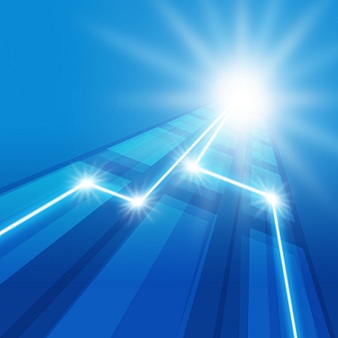Developing high-efficiency lasers to manufacture solar panels

Related topics
Innovation SMEs Innovation in SMEs Advanced manufacturing & processing Belgium Denmark France Germany Italy Slovenia Switzerlanddate: 06/02/2014
Project: Advanced Lasers for Photovoltaic INdustr...
acronym: ALPINE
See also: Info-Centre
Contact: www.project-alpine.eu
The project could have multiple benefits – not only boosting Europe’s leadership position in lasers and in the photovoltaic (PV) industry, but also delivering environmental benefits through the development of improved methods for harnessing solar energy.
“Europe is a global powerhouse when it comes to developing and producing lasers and it is important to build on that,” says Professor Stefano Selleri of Università degli Studi di Parma in Italy, ALPINE’s project coordinator. “What is more,” adds Professor Selleri, “the commercial potential of this technology is enormous. Just consider the fact that the laser and fibre laser market has remained completely unaffected by a global economic crisis which left very few other sectors undamaged.”
Solar panels are able to function because they have intricate patterns of tiny channels engraved into their surface, forming electrical circuits. Until now, these ‘microchannels’ have been engraved mechanically, using a sharp stylus. The primary focus of the ALPINE project was to pioneer the use of new fibre laser technology to do this engraving – or ‘scribing’ as it is known. The use of lasers makes the process much quicker, enabling scribing speeds of metres per second – way beyond the capability of mechanical scribing. It also makes it cheaper, and produces much cleaner, sharper microchannels, leading to better performance.
In order to achieve this, the ALPINE scientists investigated the potential of a new type of laser. Compared with existing lasers, photonic crystal fibre (PCF) lasers offer better and more accurate beam quality, are highly efficient, use less power, and generate less heat.
This novel laser system was especially important given the requirement for the scribing process to work with the new, high-tech materials now being developed for solar panels. In place of conventional solar panels measuring up to 5 millimetres in thickness, the modern PV industry is looking to use new types of lightweight and flexible materials to construct solar panels measured in micrometres (thousandths of a millimetre). With such materials, the scribing process must be controlled with a high degree of accuracy since it is vital that it penetrates only one layer of the thin solar cell film at a time. PCF lasers provide this accuracy.
Moreover, since PCF lasers operate with ultra-short pulse rates, they remain cooler than traditional lasers and avoid causing any heat damage to the film.
The new materials provide several advantages, whether the panels are deployed terrestrially or in space. Their significantly reduced weight is one clear benefit. In addition, the materials used are highly stable under the proton and electron irradiation to which they are subjected in space. In terrestrial use, the flexibility means that solar panels can be wrapped onto any suitable structure, flat or curved.
The results of the ALPINE team’s work, demonstrating the capability of PCF lasers to transform existing scribing technology and opening the way to rapid growth in the high-volume production of flexible, thin-film solar cells, are hard to overestimate. In the words of Professor Selleri: “Mechanical scribing will disappear very quickly from the PV industry, to be replaced by laser scribing. This will not only increase the processing speed, but it will also reduce the cost of ownership of the new technology because of its low maintenance and its cost-efficiency. This will open it up to new companies and SMEs.”
